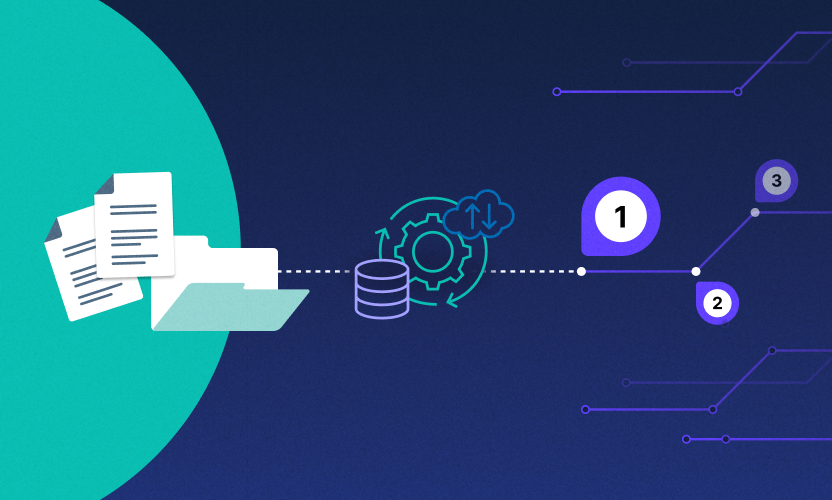
5 Cybersecurity Trends Impacting Mid-Sized Organizations in 2022
Egnyte just released its Cybersecurity Trends for Mid-Sized Organizations report, a mid-year update to its annual Data Governance Trends Report. The study provides key insights into how mid-sized organizations manage cybersecurity amid rapidly increasing cyberthreats.
The survey of IT executives underscores their concerns about cyber insurance premiums, content sprawl, incident response plans, and more. But, it also highlights the progress they’ve made in areas such as data backup and access management.
The findings were especially timely, because the survey was conducted during a period that witnessed an increase in nation-state-sponsored and data exfiltration attacks. Therefore, the executives’ responses provide key insights into how companies are working to prevent and recover from such attacks.
Key Cybersecurity Study Findings
In May 2021, Wakefield Research, an independent market research firm, surveyed 400 U.S.-based C-level IT executives on behalf of Egnyte. Wakefield asked these leaders to assess their current perspectives on cyber insurance protection, cybersecurity hygiene, ransomware detection, and user access management. Here are key findings from this independent study.
#1: Cyber insurance rates are skyrocketing
A large proportion of respondents (47%) stated that their organizations had experienced cyber insurance premium increases of 76% or more in the previous year. This is primarily driven by the ongoing threat of costly and debilitating ransomware attacks, combined with higher cyber-attack volume.
#2: Organizations have become more focused on backing up their critical data
In a very promising sign, 58% of respondents’ organizations tested their data backup and recovery processes for critical data on at least a daily basis. It is clear that mid-sized organizations have come to realize that their users can’t remain productive without immediate access to their mission-critical data and without a comprehensive data recovery plan in place.
#3: Incident response plans aren’t prevalent enough
Unfortunately, only 64% of organizational contacts stated that their companies had formal incident response plans in place. Incident Response plans are key drivers to maintain employee productivity, customer service, and executive communication during potential cyber-attacks, so it’s a best practice for every organization to have an up-to-date plan in place. To learn more about how your organization can create an incident response plan, watch our recent webinar on the topic.
#4: Access management is more important to mid-sized organizations than you might think
Many recent cyber-attacks have been powered by cyber-attackers who’ve gained access to valid users’ credentials, or by malicious insiders motivated to harm or shame their organizations. As a result, most companies track unusual geographical access (61%), flag unusual user folder access (57%), and/or examine unusual time of day access (53%) as a means to detect unanticipated user activity within their data repositories.
#5: Content sprawl continues unabated.
In a continuation of a trend that was identified in Egnyte’s 2021 Data Governance Trends Report, mid-sized companies manage a growing number of data repositories. In fact, 86% of respondents’ organizations manage between six and 15 data repositories, which can make protection of sensitive data more challenging and increase potential attack surface for future cyber-attacks.
Check Out the Report
The report includes many other useful insights, including IT executives’ thoughts on the role of multi-factor authentication (MFA), phishing protection, and cybersecurity awareness training. Follow the link below to download the full report now and get lots more detailed information and insights.






